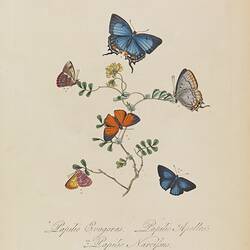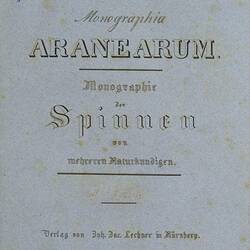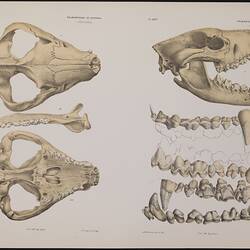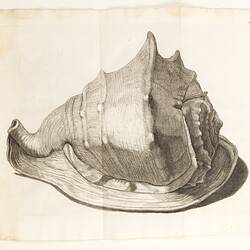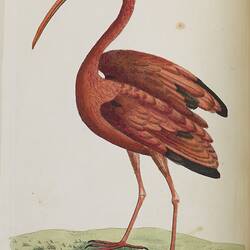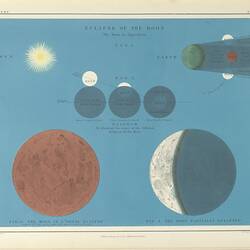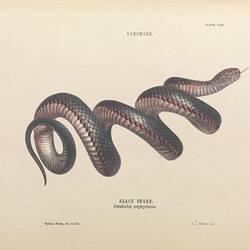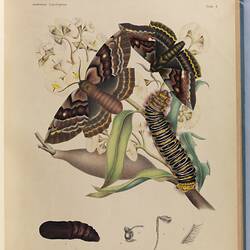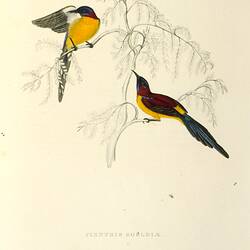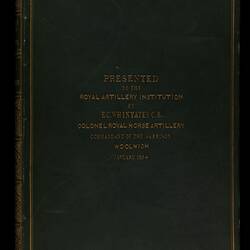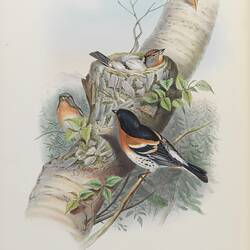Rare Books
The Rare Book Collection is a sub-collection of the library that has been identified as rare due to one or more of the following criteria: value; scarcity; aesthetic qualities; historic, scientific or institutional significance; fragility; or age. The collection consists of over 1,000 titles (approximately 2,000 volumes), chiefly published in Australia and the United Kingdom with a reasonable number of German, Dutch, and French publications. Key strengths include: 18th and 19th century natural history (particularly zoology, palaeontology and geology); history of 19th century Australia and Victoria; catalogues from Melbourne's colonial and international exhibitions; and material relating to Indigenous history. The collection spans the 17th century to the present day and has seen two major periods of development. In the 1850s and 1860s the museum's first director, Frederick McCoy, spent a substantial sum setting up a reference library to assist scientific research. He purchased the work of many notable scientists of the period, as well as a number of earlier classic works of natural history. In the 1970s the collection was strategically developed by the museum's Deputy Director, Tom Darragh, who sought to fill gaps in the areas of zoology, palaeontology and geology.
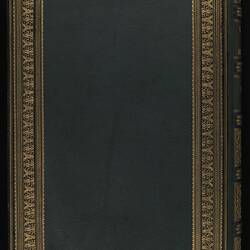


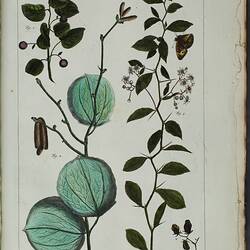
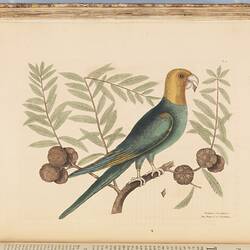

![Rare Book - Maria Sibylla Merian, 'De europische insecten, naauwkeurig onderzogt, na't leven geschildert' [bound with] 'Over de voorttelingen wonderbaerlyke Veranderingen der SurinaamscheInsecten...', Amsterdam](/content/media/43/1010343-thumbnail.jpg)

